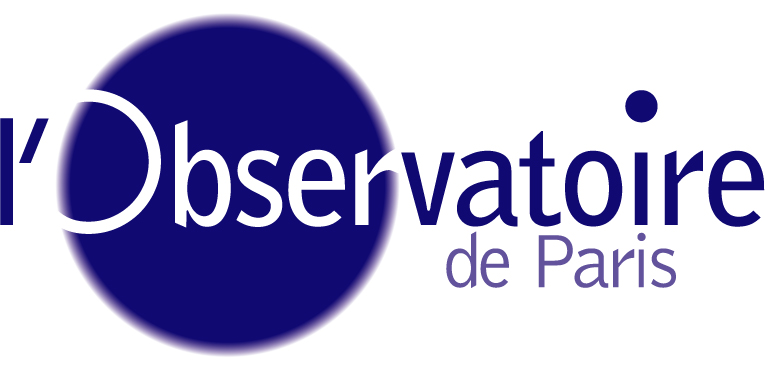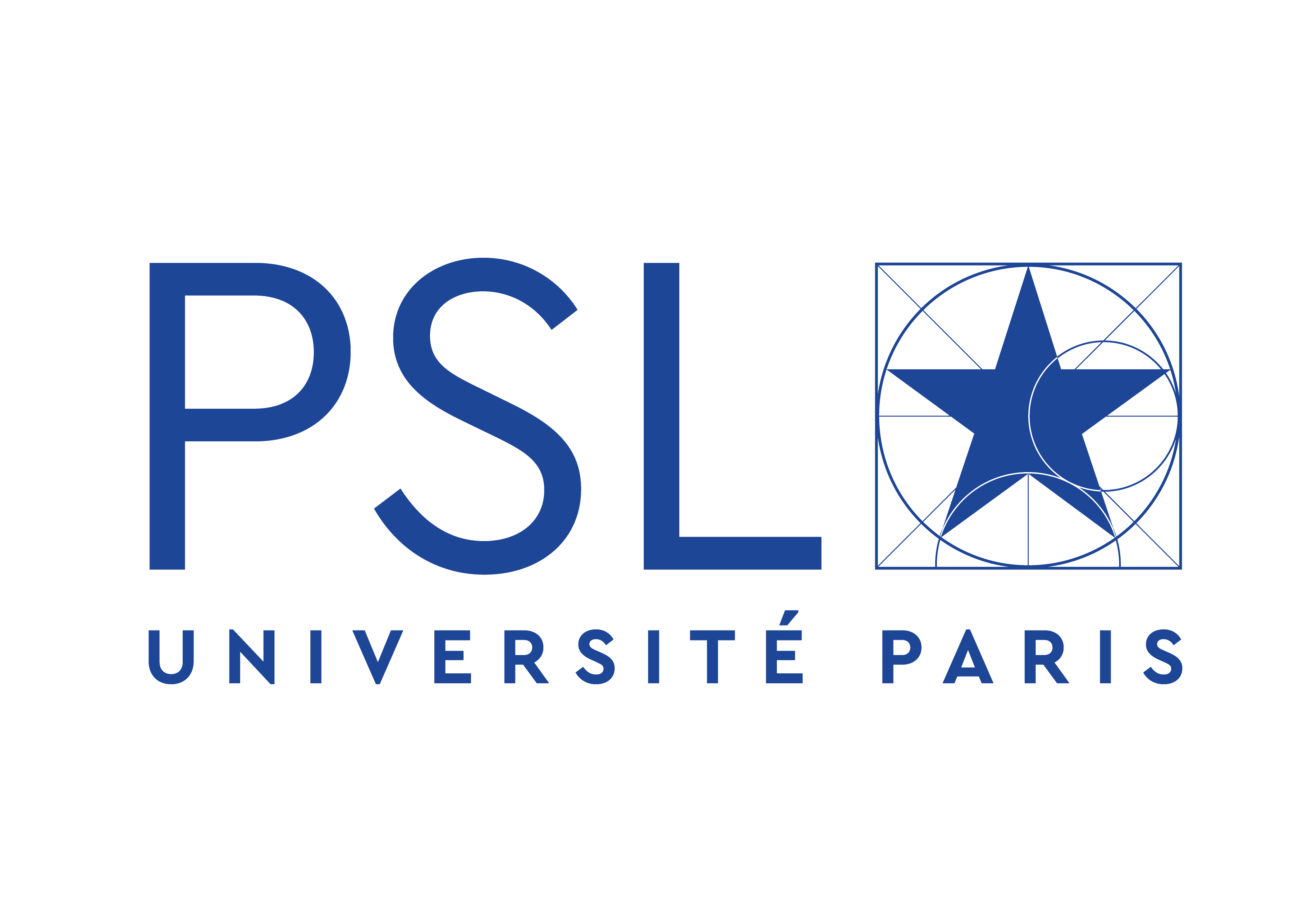Observatory of the University of Lille (Affiliated to the Institute of Celestial Mechanics and Ephemeris Calculations) (IMCCE - ULille)
Research unit - UMR 8028
The Observatory of Lille is an astronomical center dedicated to teaching, dissemination of knowledge and research. Our research field is celestial mechanics and dynamical planetology. From the analysis of observations, we model the motion of astronomical objects using analytical theories and numerical computation. Our group is part of the Pégase team (Planetology environments from ground-based astrometry and space exploration) of the IMCCE of the Observatory of Paris.
-
Alain Vienne
Director
1 Impasse de l’Observatoire
59000 LILLE
https://astronomie.univ-lille.fr/
Effectif
Effectif total : 5
Personnel de recherche : 3
Personnel d'appui à la recherche : 1
Skills
• Planetary and satellite formation
• Rings and small satellites
• Observation of natural satellites
• Asteroids and Gaia
• Comets and transneptunian objects
• Meteoroids and meteors
• Analytical planetary theories
• History of astronomy
Example(s) of publications
• Zhang, Q. F. ; Zhou, X. M. ; Tan, Y. ; Lainey, V. ; Cooper, N. J. search by orcid ; Vienne, A. ; Qin, W. H. ; Li, Z. ; Peng, Q. Y. , 2021, A comparison of centring algorithms in the astrometry of Cassini imaging science subsystem images and Anthe's astrometric reduction, Monthly Notices of the Royal Astronomical Society, Volume 505, Issue 4, pp.5253-5259
• Saillenfest, M., Fouchard, M., Tommei, G., Valsecchi, G.B. 2017. `Non-resonant secular dynamics of trans-Neptunian objects perturbed by a distant
super-Earth.’ Celestial Mechanics and Dynamical Astronomy 129, 329-358
• El Moutamid M., Sicardy Bruno, Renner Stefan., 2016 Derivation of Capture Probabilities for the Corotation Eccentric Mean Motion Resonances. Monthly notices of the Royal Astronomical Society. 2016. vol. 1609.
• Polycarpe, William; Saillenfest, Melaine; Lainey, Valéry; Vienne, Alain; Noyelles, Benoît; Rambaux, Nicolas ; 2018, Strong tidal energy dissipation in Saturn at Titan's frequency as an explanation for Iapetus orbit,, Astronomy & Astrophysics, Volume 619, id.A133, 8 pp.
See our publications here.
Collaborations/Partners/Scientific clients
Sorbonne University and Observatoire de Paris/LESIA, Marseille Laboratory of Astrophysics, University Aix-Marseille, IUF, Institut UTINAM - CNRS UMR 6213 University of Franche-Comté
International:
Queen Mary, University of London, Cornell University, Ithaca (USA), University of Namur, Jinan University (China), Yunnan Observatory (China), Institut für Planetenforschung (Germany), Moscow Institute of Physics and Technology (Russia), University of Uppsala (Sweden), Istituto di Astrofisica Spaziale e Fisica cosmica Milano (Italy), Tokyo Institute of Technology (Japan)
Applications sectors
- Aeronautics / Aerospace
- Science / Research
Services provided
Training offers
• General Astronomy
• Astronomy of position
• Dynamics of the solar system
• University diploma "The Universe and its measurement"
• Online training: "Astronomy in the study of mathematics
• Continuous professor training (realization of pedagogical documents combining astronomy and mathematics)




